Troubleshooting in Lean-Agile Development
MPUG
MARCH 8, 2021
Many project managers utilize a Lean-Agile approach when there is high change or churn in project requirements, significant lack of clarity in scope, high complexity to their projects, and/or a larger number of risks associated with such. Two Lean-Agile Types. Iteration-based Lean-Agile. Flow-based Lean-Agile. Flow-based.

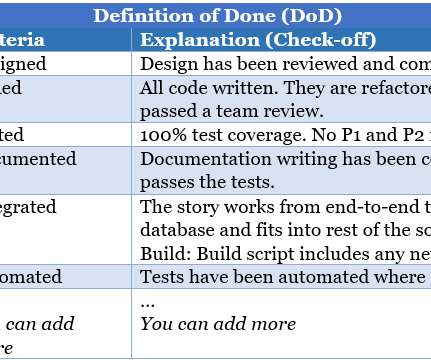
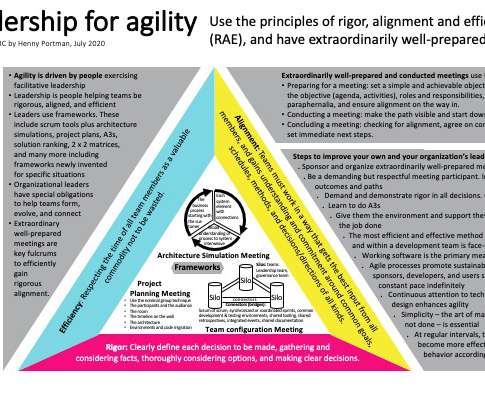
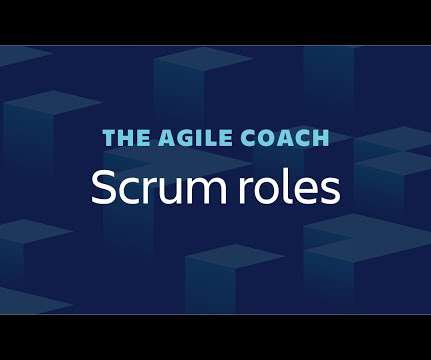
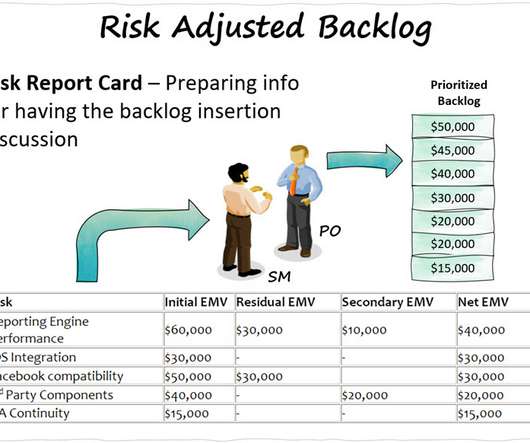




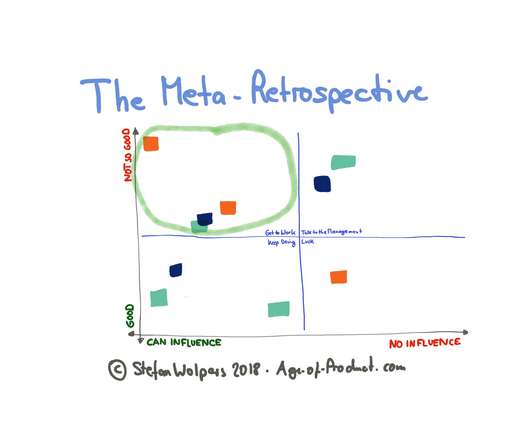








Let's personalize your content